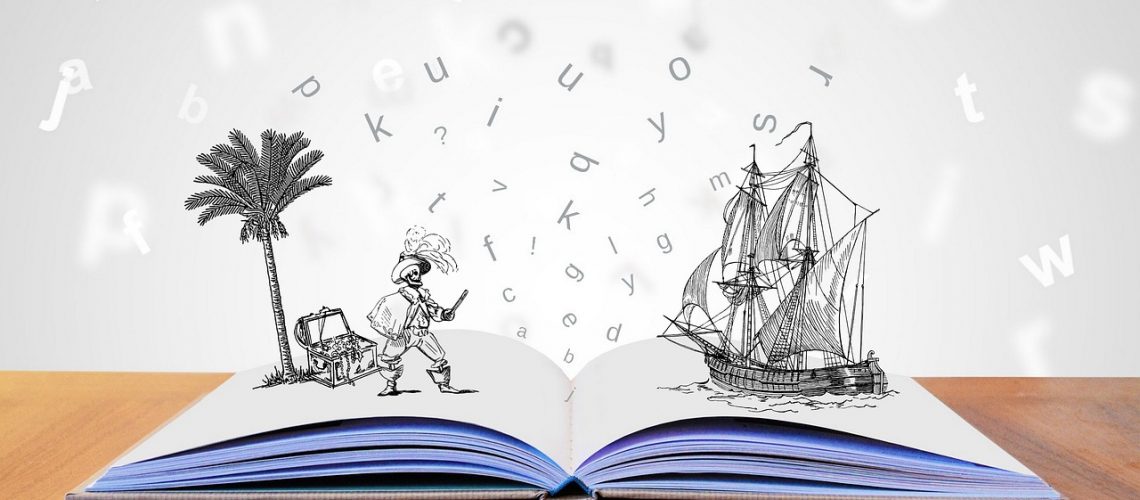How to Increase Your Reading Speed and Comprehension
The PX Project and increasing your speed while reading A single 3-hour cognitive experiment produced an average increase in reading speed of 386%.
How to Triple Your Reading Speed in 20 Minutes & the Most Productive Way to Read Books
Tim Ferriss & Fight Mediocrity
10 Days to Faster Reading
Abbey Marks Beale
Effective non-fiction reading is a skill. It takes some time and practice to learn, but once you get the hang of it, your productivity levels will sky rocket.
How much more could you get done if you completed all of your required reading in 1/3 or 1/5 the time? Increasing reading speed is a process of controlling fine motor movement—period.
If you understand several basic principles of the human visual system, you can eliminate inefficiencies and increase speed while improving retention.
Top 10 Ideas
1. Linear Reading is Inefficient – You Don’t Have to Read Every Word to Extract Value from Non-Fiction Materials The purpose of non-fiction reading is not to read every word on every page – it’s to extract useful information from the material. Efficient reading is non-linear – a series of quick skims, skipping around, referencing, and note-taking.
2. Pick Your Battles: Ruthlessly Edit Your Reading Pile Most of us have way too much to read. Triage helps you read the most critical materials first.
3. Questions Before Content: The Power of Purpose-Setting Effective non-fiction reading does NOT start with picking up the book. You can multiply your reading effectiveness by taking a few minutes before you start reading to decide why you’re bothering to read in the first place. Decide what you want to learn by reading this material.
4. Priming: The Benefit of a Quick Preview Priming is the act of “programming” your brain to notice certain things about your environment. You can skim through a book quickly until your brain recognizes something as interesting or important.
5. The Thought is Faster Than the Word The biggest barrier to faster reading is subvocalization: sounding-out words verbally instead of thinking them. Our minds are capable of taking in written words as thoughts much faster than our ability to vocalize them. Realizing that you can comprehend written material without subvocalizing is a major milestone that will increase your reading speed dramatically.
6. Your Eyes Can Absorb More Information Than You Think Your eyes can easily take in more than one word at a time. Instead of fixating on every word, taking in groups of 3-5 words at a time can increase your reading speed without harming your comprehension.
7. Take Notes for Better Comprehension and Retention Taking notes does two useful things: it creates an archive of your thoughts for later reference, and it helps reinforce what you learn.
8. Eliminate Distractions for Best Results Reading quickly requires intense mental concentration and effort.
9. Challenge the Author – Capture Your Questions and Objections are there elements that are confusing or contradictory? Are there positions I don’t agree with?
10. Reading is Not Enough – Focus on Applying What You Read it doesn’t become profitable until you start translating things you’ve read into real-world results.


